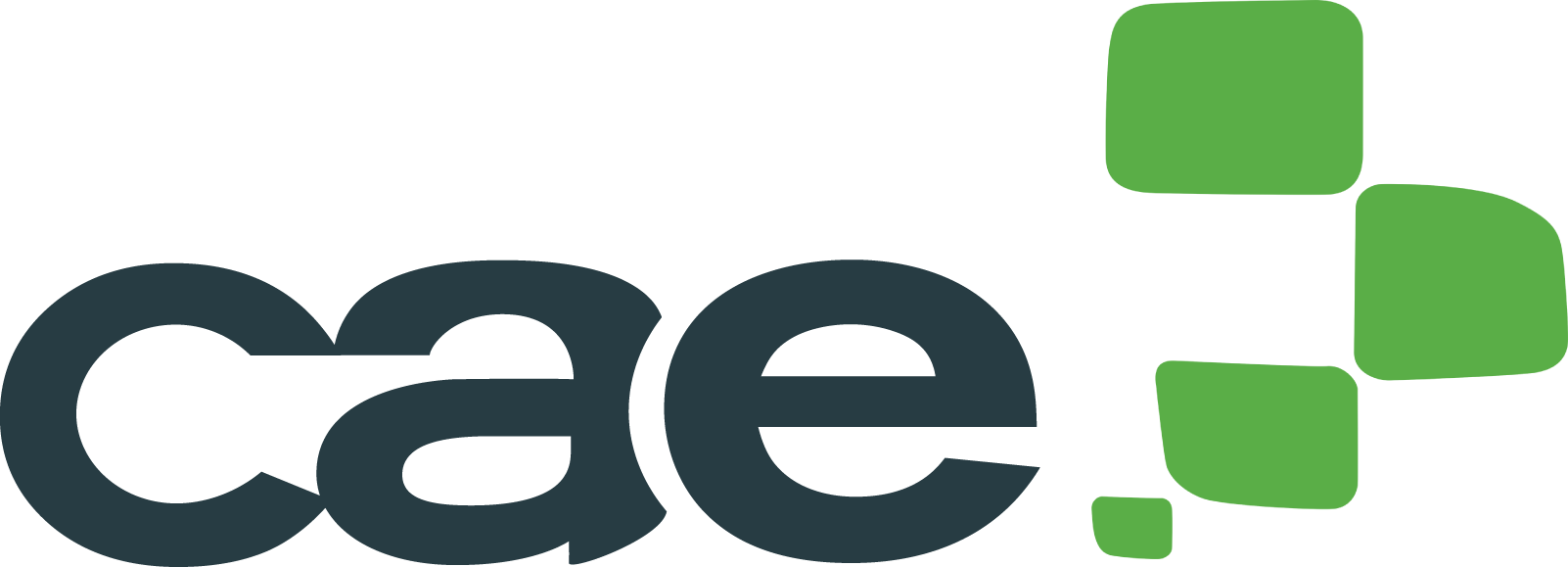Learning platform: How to use it: If I were a student who wished to learn or improve a language (I have been and will be), I would ask myself many questions: How? When? With whom? Each student is different. All of them have objectives, preferences and a daily life in which it is very likely that learning a language will not be their only priority. Therefore, learning a language should be integrated into their daily life without great alterations to the rest of their schedule. This is why more and more language schools are choosing e-learning through an learning platform or LMS (Learning Management System) as the answer to all of these questions.
This is not only purely pragmatic; it is because for some time learning a language has not been “to study it” in the strictest sense of the word. Methodologies have developed so much that a language can be learned almost without being aware of it, almost without making effort to memorise, construct or check. Naturally, fully intuitively, and without giving up the maximum academic rigour.

7 suggestions for getting the most out of a learning platform in language courses
To achieve this, it is essential to present learning as a versatile process which can adapt both to the characteristics of the institution and the objectives of the student. In this context, there should be a large range of resources for providing the course with this dynamic and diverse character. Above all, it is essential to know how to take advantage of all of these resources to make each learning project an innovative, gratifying and lasting experience. Below, we offer some suggestions for taking the maximum advantage of the learning platform of your language school.
#1. LMS your way
It is easier to take advantage of a system that can adapt to your courses and institution, than to distort a course to adapt it to a system. That is, to take the maximum advantage of your LMS it must be configurable, beginning with adaptation to the corporate image of your organisation, and continuing with the language, design, management of roles, number of courses and students, etc. Of course, it must configure the best provision of resources from the start screen to offer quick and intuitive access to every need at all times.
#2. Encourage organisation and planning
To do so, begin with the calendar on the start page of the LMS. This is were you can include relevant events to help the student plan and establish their own pace for learning.
#3. Use the tools that an LMS offers for creating content
Transforming an LMS into an LCMS (Learning Content Management System) is in your hands. To do so, just access the authoring tools to generate the SCORM material, create your own courses (the interactivity and participation options are multiply if you integrate the virtual classroom into the course), create tests, questionnaires, and surveys so that users can evaluate the training, create subjects with grouped courses, participate in the automatic creation of additional review exercises that are generated based on the progress of the student, etc. The resources for undertaking all of these possibilities are especially simple, clear and intuitive, and provide the course with an ad hoc nature, with which the student can fully identify.
#4. Refer to the support and interactivity solutions necessary
Showing the student that they are never alone when facing their learning objectives. To do so, encourage the use of artificial intelligence tutors to resolve doubts; promote access to and consultation with the Community to address questions about the course; encourage access and consultation with the Community to resolve queries about the course; encourage contacting the tutor; speed up the flow of emails between the student and teacher through adequate management (individual or global, depending on the number of students); encourage collaboration, participation and the exchange of opinions through access to virtual classrooms where other students can be seen, heard and conversed with through permanently accessible study groups.
#5. The teacher is the true driver of the course.
Therefore, LMS provides multiple tools for establishing personalised monitoring of students with detailed, real time information on dedication and level acquired. Encouraging the use of evaluation and analysis resources among teachers allows decisions to be made to strengthen the areas in which each student has the greatest difficulties.
#6. The learning platform offers students a wide range of material to consult
Thanks to the possibilities for importing all kinds of support files, and classifying them by topics and folders in the library. Therefore, this possibility provides the students with assurance and confidence for facing the next steps of the learning process. Dexway language courses provide access to complete language courses and supplementary materials. Additionally, your academy can add its own materials (PDF and other formats).
#7. Activate the resources for keeping the student informed
Notice board, subscription to the podcast feed, news feed, conversation groups, etc. These options help to involve the student more, providing the sensation that the course is active, and they should be up to date to achieve their objectives. Ultimately, the possibilities offered by a learning platform or LMS/LMCS for language learning are almost limitless. Encouraging taking advantage of the system directly affects the effectiveness of the course, and therefore the prestige and positioning of your language school as a differentiated and cutting-edge institution. Don’t hesitate – achieve optimal performance for your learning platform.
You might be interested in:

